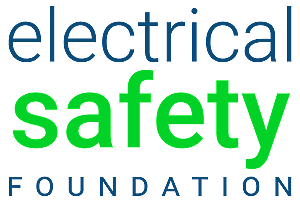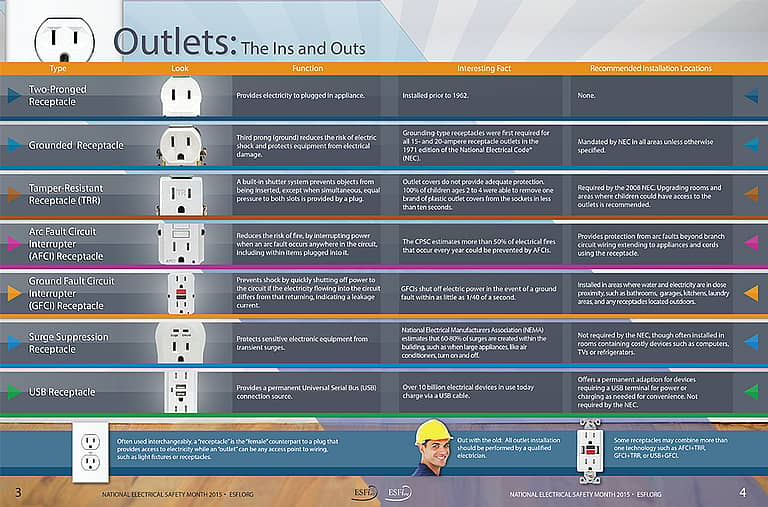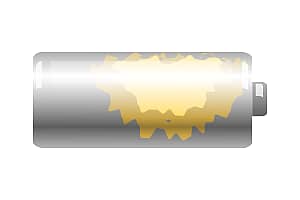National Electrical Safety Month 2015
When it comes to selecting electrical outlets, there are a lot of options to consider. This guide provides an overview of the common types of outlets and the level of safety protection they bring to the home. Outlet types include two-pronged receptacle, grounded receptacle, tamper-resistant receptacle, arc fault circuit interrupter receptacle, surge suppression receptacle and USB receptacle.
Type |
Function |
Interesting Fact |
Recommended Installation Location |
| Two-Pronged Receptacle | Provided electricity to plugged in appliance. | Installed Prior to 1962. | None. |
| Grounded Receptacle | Third prong (ground) reduces the risk of electric shock and protects equipment from electrical damage. | Grounding-type receptacles were first required for all 15 and 20-ampere receptacle outlets in the 1971 edition of the National Electrical Code (NEC). | Mandated by NEC in all areas unless otherwise specified. |
| Tamper Resistant Receptacle (TRR) | A built-in shutter system prevents objects from being inserted, except when simultaneous, equal pressure to both slots is provided by a plug. | Outlet covers do not provide adequate protection. 100% of children ages 2 to 4 were able to remove one brand of plastic outlet covers from the sockets in less than ten seconds. | Required by the 2008 NEC. Upgrading rooms and areas where children could have access to the outlets is recommended. |
| Arc Fault Circuit Interrupter (AFCI) Receptacle | Reduces the risk of fire, by interrupting power when an arc fault occurs anywhere in the circuit, including within items plugged into it. | The CPSC estimates more than 50% of electrical fires that occur every year could be prevented by AFCIs. | Provides protection from arc faults beyond branch circuit wiring extending to appliances and cords using the receptacle. |
| Ground Fault Circuit Interrupter (GFCI) Receptacle | Prevents shock by quickly shutting off power to the circuit if the electricity flowing into the circuit differs from that returning, indicating a leakage current. | GFCIs shut off electric power in the event of a ground fault within as little as 1/40 of a second. | Installed in areas where water and electricity are in close proximity, such as bathrooms, garages, kitchens, laundry areas, and any receptacles located outdoors. |
| Surge Suppression Receptacle | Protects sensitive electronic equipment from transient surges. | National Electrical Manufacturers Association (NEMA) estimates that 60-80% of surges are created within the building, such as when large appliances, like air conditioners, turn on and off. | Not required by the NEC, though often installed in rooms containing costly devices such as computers, TVs or refrigerators. |
| USB Receptacle | Provides a permanent Universal Serial Bus (USB) connection source. | Over 10 billion electrical devices in use today charge via a USB cable. | Offers a permanent adaption for devices requiring a USB terminal for power or charging as needed for convenience. Not required by the NEC. |
- Often used interchangeably, a “receptacle” is the “female” counterpart to a plug that provides access to electricity while an “outlet” can be any access point to wiring, such as light fixtures or receptacles.
- Out with the old: All outlet installation should be performed by a qualified electrician. Some receptacles may combine more than one technology such as:
- AFCI+TRR,
- GFCI+TRR,
- USB+GFCI.








